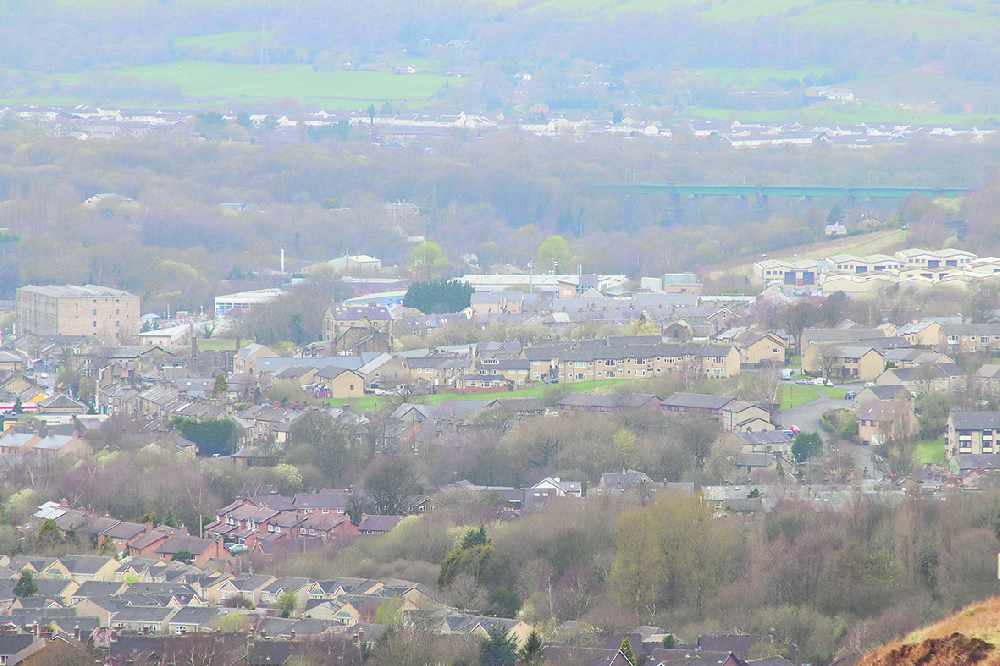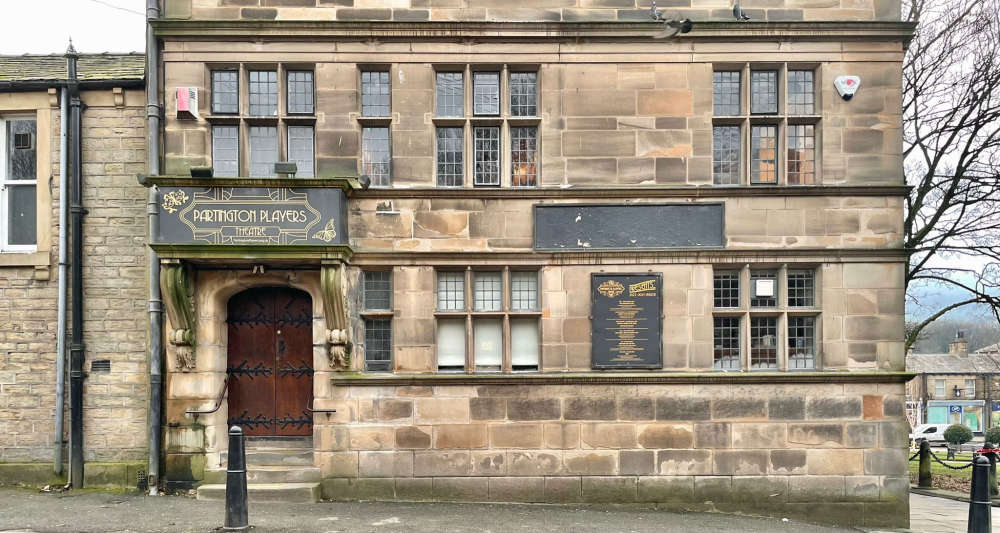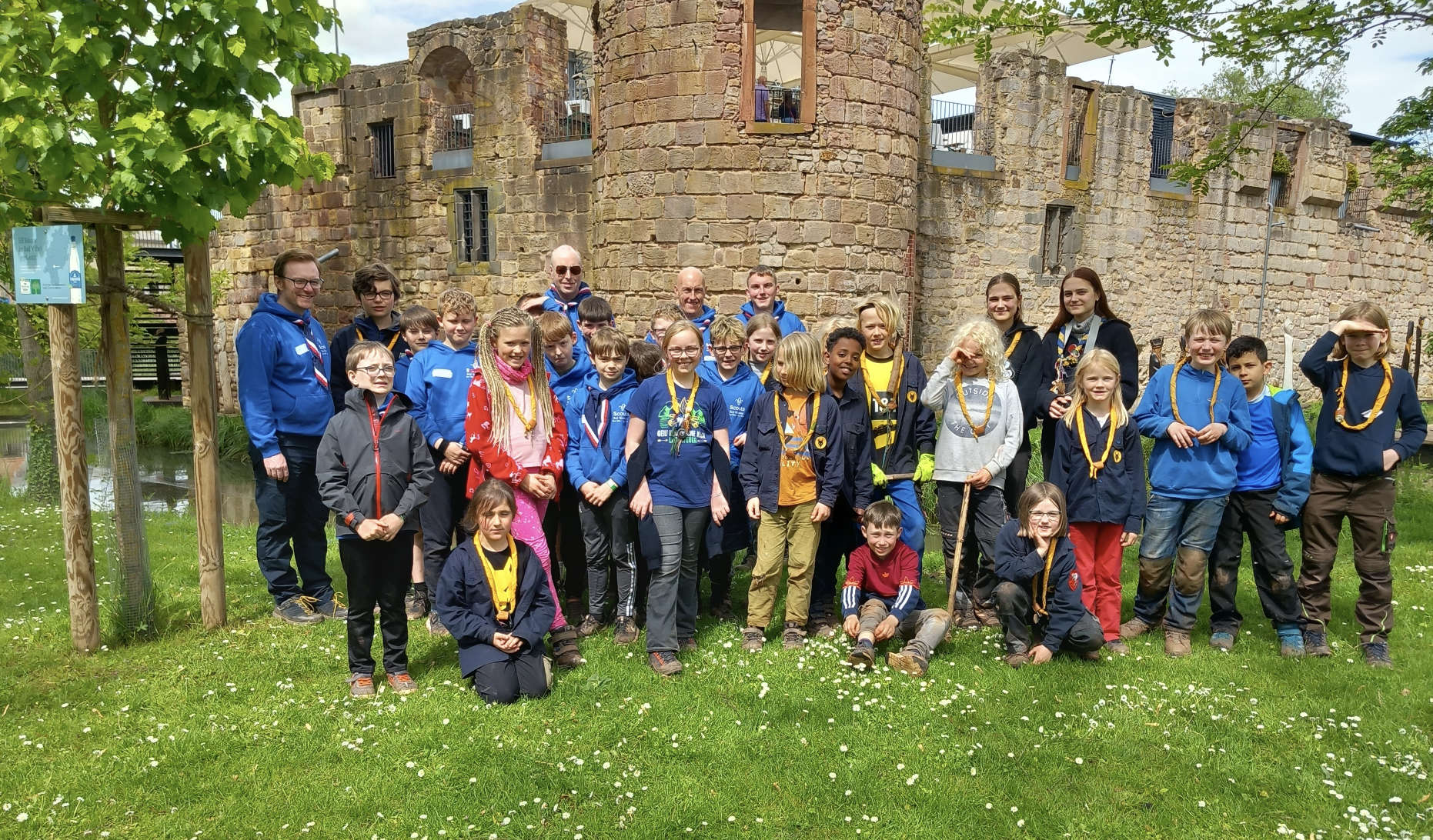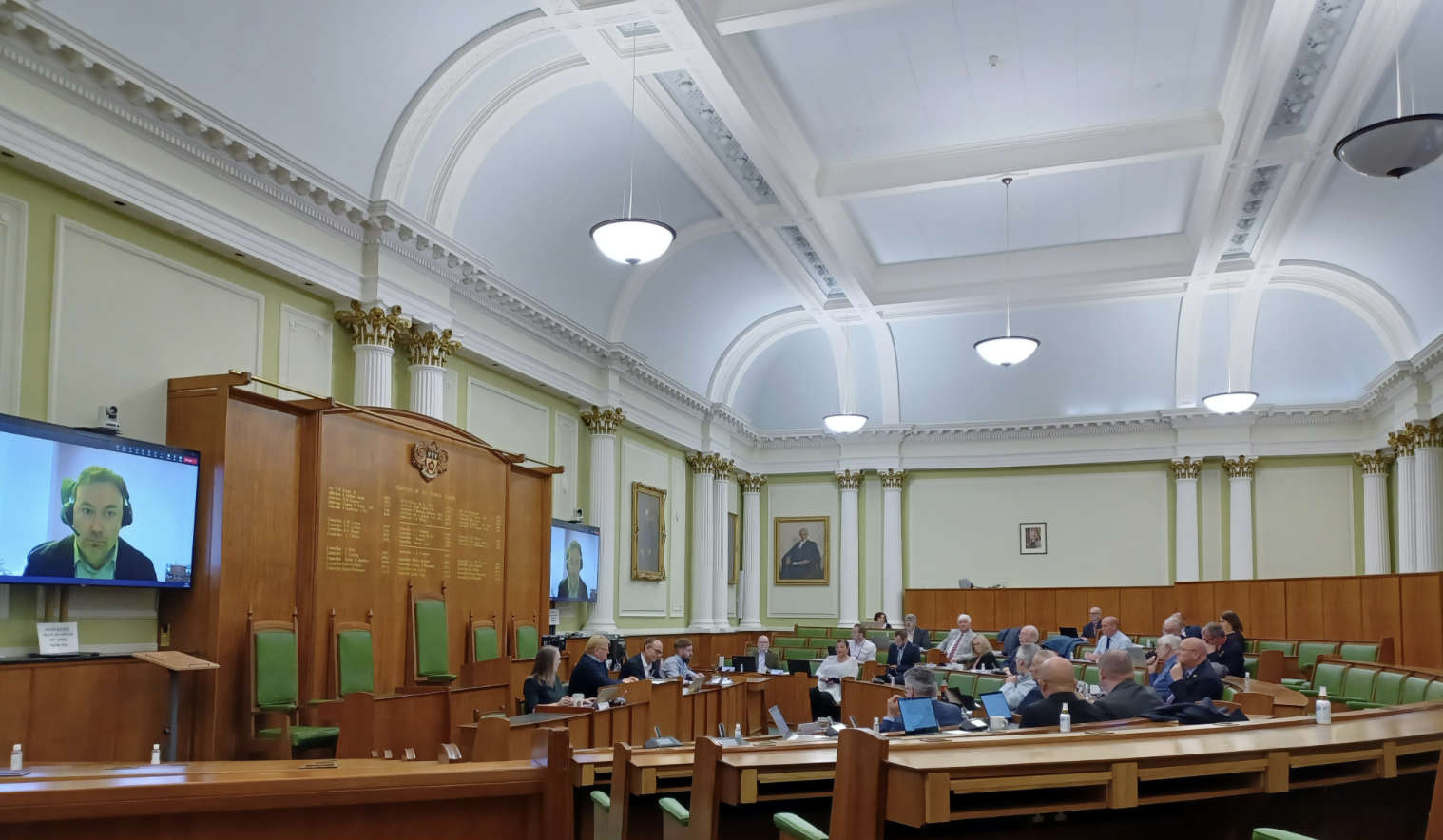
Derbyshire's population has grown at less than half the rate recorded for England as a whole.
The national census is conducted every 10 years and the first data from Census Day 2021 has now been released.
It shows that the population of Derbyshire is 794,600, an increase of 24,900 since the last census in 2011, giving a population growth of 3.2 per cent, when the growth for England is 6.6 per cent.
The national census is designed to collect statistics on a number of areas ranging from population, households, health and migration to ethnic groups and national identity, religion, qualifications, employment, transport and visitors.
Census Day was on 21 March 2021 and was the first digital census, with 88.9 per cent of all households in England and Wales taking the opportunity to respond online.
It was also the first time people were asked if they’d ever served in the armed forces and about sexual orientation and gender identity.
Census data provides a wealth of detailed information nationally and about Derbyshire and can be used to plan vital local services people rely on such as transport, housing, schools and hospitals.
Other information about Derbyshire released from the 2021 census reveals:
• Most Derbyshire districts have experienced a growth in population over the last 10 years. Although the population of the High Peak remain almost unchanged, rising by just eight people.
• There were 404,800 women (50.9 per cent of the overall population) and 389,800 men (49.1 per cent) in Derbyshire.
• Children aged 0-14 represent 15.9 per cent of Derbyshire’s population, lower than the England average of 17.4 per cent and a 0.6 per cent (800) decline in the age group since 2011.
• The number of 15-24-year-olds has declined by 12.5 per cent since the last census, higher than the England decline of 4.4 per cent and highlighting potential challenges to the local labour market in terms of the supply of labour and skills shortages.
• The number of people aged 65+ in the county has grown by 22.8 per cent (32,600) since 2011, now representing 22.1 per cent of Derbyshire’s population and remaining well above the England average of 18.4 per cent. The ongoing increase in the number of older people in the county will continue to have significant implications for older people’s services in Derbyshire.
• 2021 census figures show there were 354,200 households in Derbyshire. This represents an increase of 6.5 per cent since 2011, higher than the England increase of 6.2 per cent.
Derbyshire County Council Leader Councillor Barry Lewis said: "We track population growth and trends across the county all the time using information we receive each year from the Office for National Statistics. This helps us to monitor or predict changes and allows us to plan delivery of our services and ensure the right resources are where they need to be.
“However, the census data gives us more comprehensive information which is so valuable to us when we look ahead, helping us to shape future levels of service provision.
“We are already looking closely at the new statistics released and look forward to more details later this year so we can consider any implications for our services over the next 10 years.”
Read more from the Glossop Chronicle
Click here for more of the latest news
Click here to read the latest edition of the paper online
Click here to find out where you can pick up a copy of the paper


 Partington Theatre is opening its doors to the public this Saturday
Partington Theatre is opening its doors to the public this Saturday
 Cubs visit Glossop's twin German town for a long weekend
Cubs visit Glossop's twin German town for a long weekend
 Council leader accused of “chucking his teddies out of the pram”
Council leader accused of “chucking his teddies out of the pram”
 Glossop author's first book becomes best-seller on Amazon
Glossop author's first book becomes best-seller on Amazon


